
An Isle of Wight pub can now be turned into houses but developers will be keeping a close eye out for buried treasure.
Underneath the Kynges Well on Brading High Street, studies have shown there is a high potential for Saxon, Medieval, 17th and 18th Century archaeological deposits and medium potential for Bronze Age and Roman finds.
While permission has been granted by the Isle of Wight Council to convert the Grade II listed pub into two houses, the authority has told its owner, Mr D. Hopkinson, any groundwork undertaken must be watched to ensure archaeological remains are identified, investigated and recorded.
The pub has been closed since the start of 2020 but is falling into disrepair and is said to be a blot on the landscape by those behind the plan, and there was ‘no prospect’ of it returning to its previous use.
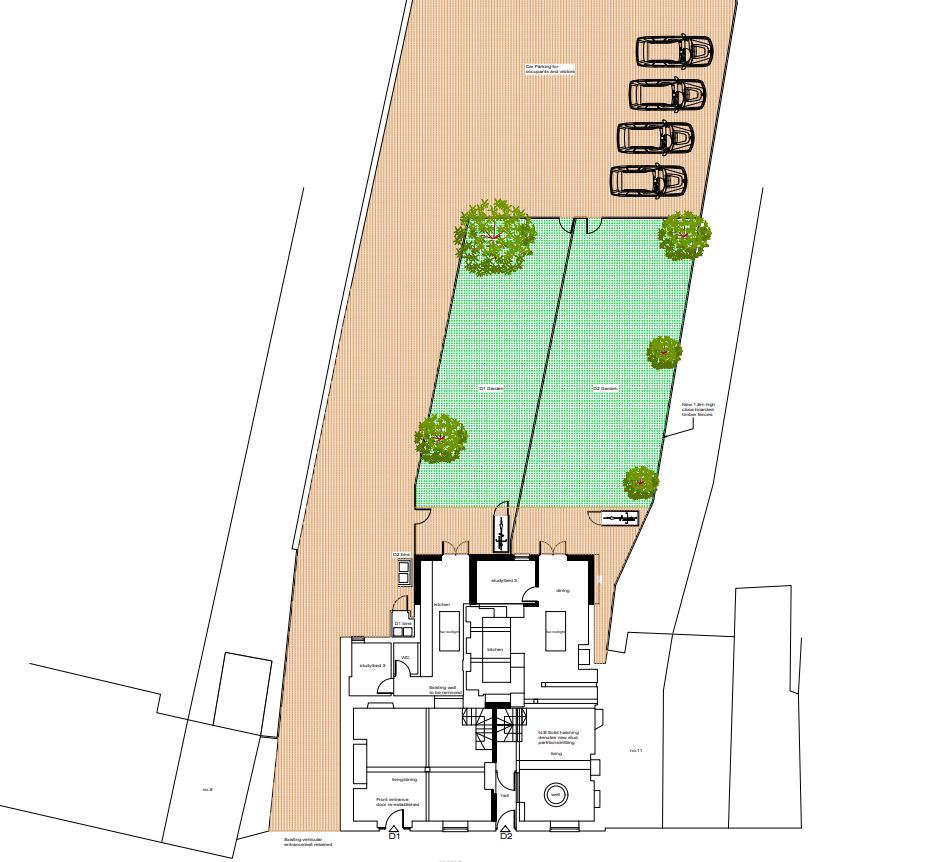
The authority issued permission for the development last week, subject to 11 conditions, despite objections to the plans calling for it to be opened up to the benefit of the town and saying it was an integral part of the town’s character.
Other comments submitted to the planning authority, however, said bringing the building back into use would enhance the street scene and another pub on the High Street would not be commercially viable among the other existing businesses.
The pub was marketed for several months with Gully Howard, the council has said, but no serious offers were made and significant investment is required to upgrade the business which is likely to deter buyers.
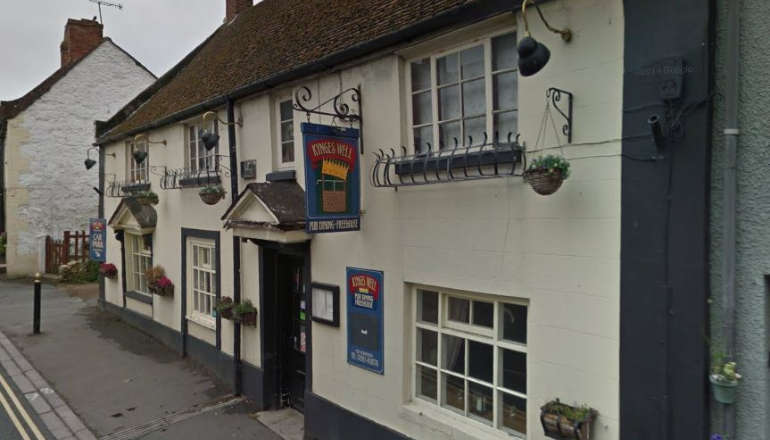
In its decision report, the council said the proposed conversion of the building is considered an acceptable viable use and would support the delivery of new homes to meet local housing needs.
The division of the listed building into the two houses is only likely to impact the historic timber, plasterwork and stone fabric – which is classed as less than substantial harm.
Original features, like the historic beams, fireplaces and a well in one of the front rooms, would be preserved.
Rear outbuildings, built in the 1980s and ‘not of historic merit’ would be demolished to make way for private gardens, a single-storey extension and parking spaces.


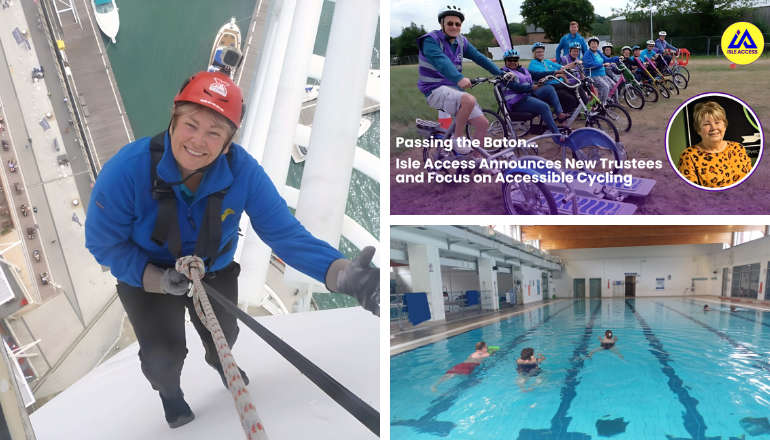 Isle Access Announces New Trustees And Focus On Accessible Cycling
Isle Access Announces New Trustees And Focus On Accessible Cycling
 Isle of Wight Ambulance Service partners with Hampshire and Isle of Wight Air Ambulance to elevate paramedic training and patient care
Isle of Wight Ambulance Service partners with Hampshire and Isle of Wight Air Ambulance to elevate paramedic training and patient care
 County Hall Backs Motion To Support Isle Of Wight Farmers
County Hall Backs Motion To Support Isle Of Wight Farmers
 Wight Aid Helps Footprint Trust Boost Energy Savings
Wight Aid Helps Footprint Trust Boost Energy Savings
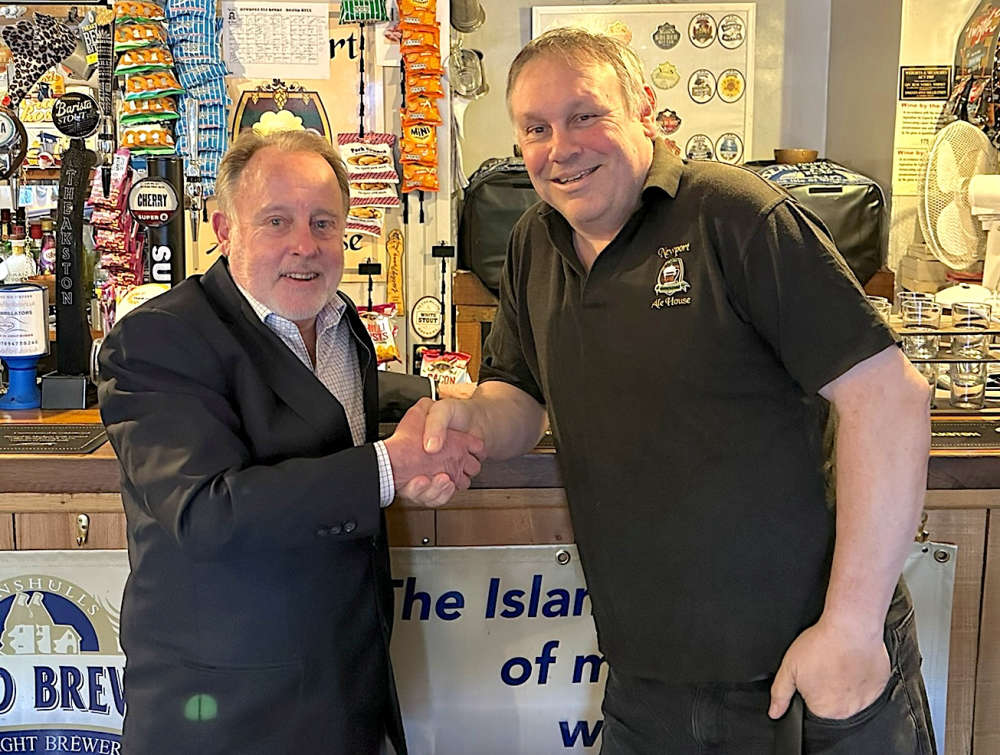 Isle Of Wight CAMRA Pub And Beer Of The Year 2024 Winners Announced
Isle Of Wight CAMRA Pub And Beer Of The Year 2024 Winners Announced
 Have You Seen Missing Sarah Watson, 56, From Ventnor?
Have You Seen Missing Sarah Watson, 56, From Ventnor?
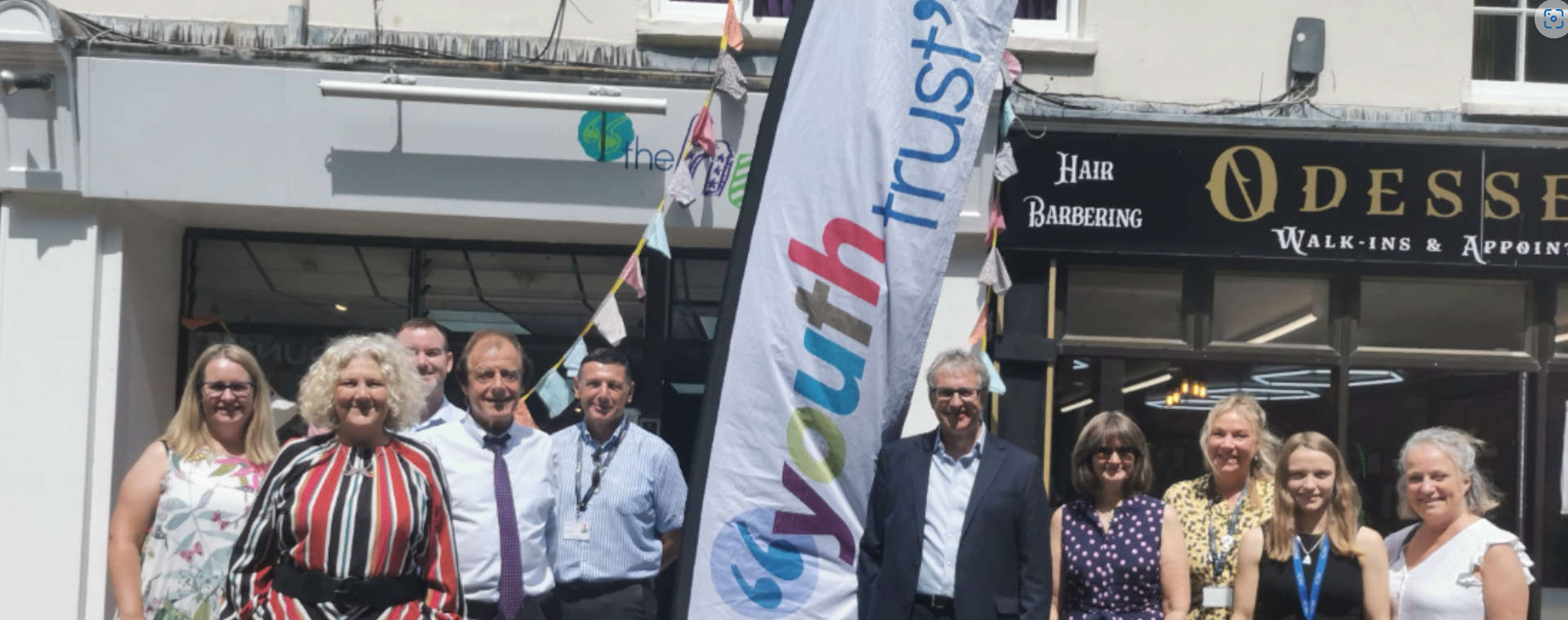 Newport Youth Hub 'Proving Very Effective' Says Council Leader
Newport Youth Hub 'Proving Very Effective' Says Council Leader
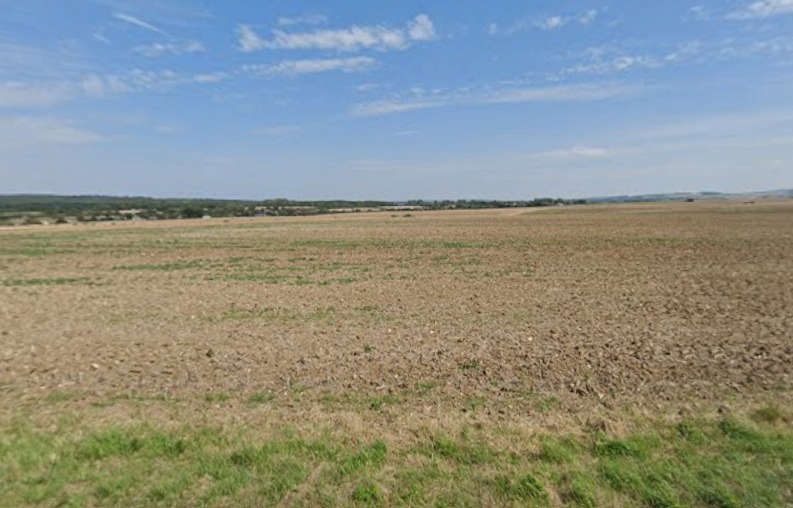 Kilometres-Long Underground Cable Could Be Installed Beneath Farmland
Kilometres-Long Underground Cable Could Be Installed Beneath Farmland
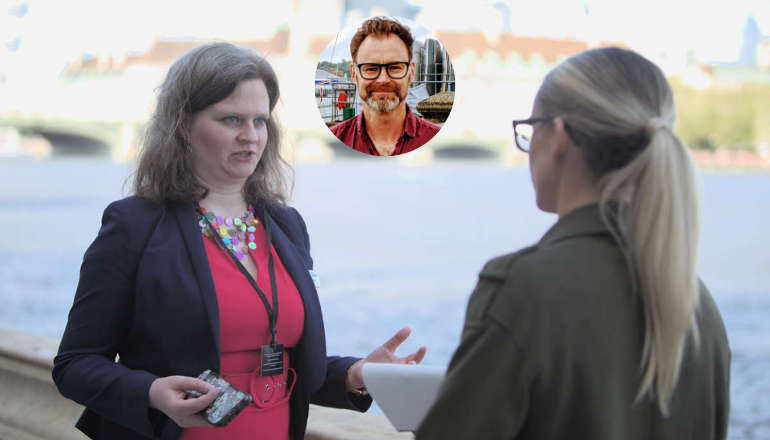 Isle Of Wight MP Joins Forces With Digital Poverty Alliance For Local Device Donation Drive
Isle Of Wight MP Joins Forces With Digital Poverty Alliance For Local Device Donation Drive
 Newport Energy Hub Supports Utilita’s Renewed Pride365 Pledge
Newport Energy Hub Supports Utilita’s Renewed Pride365 Pledge
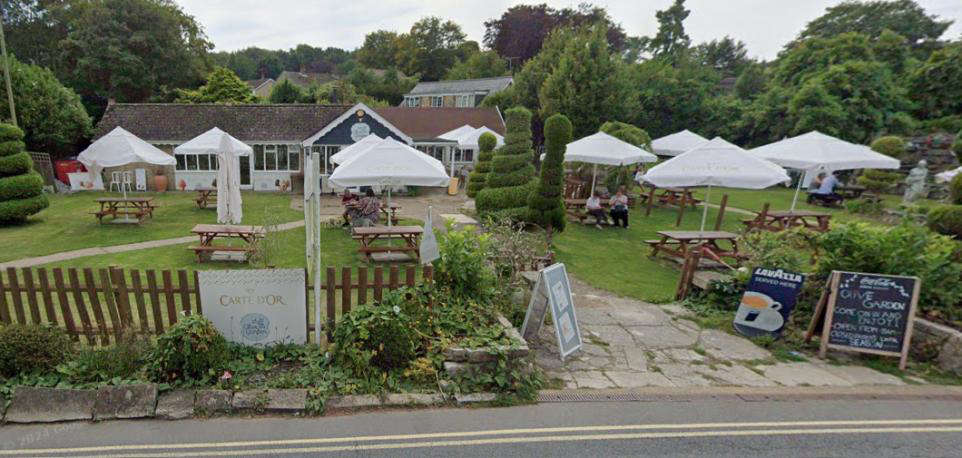 Island Roads Weigh In On Village Tea Room Plans
Island Roads Weigh In On Village Tea Room Plans
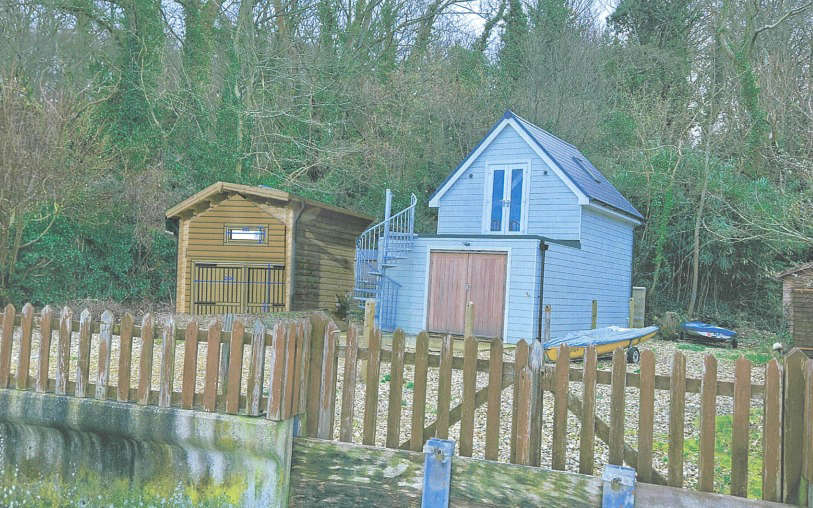 Bid To Construct Boat Store On Picturesque Island Seafront Met With Opposition
Bid To Construct Boat Store On Picturesque Island Seafront Met With Opposition
 Man Charged Following Ryde Knife Incident
Man Charged Following Ryde Knife Incident
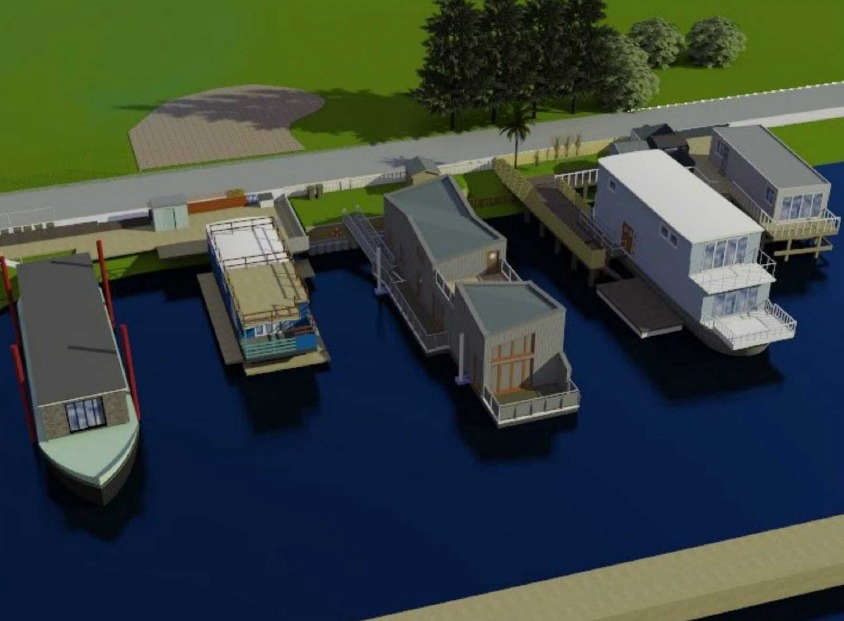 Village Harbour Could Get New 19.7 Metre Houseboat With 27 Solar Panels
Village Harbour Could Get New 19.7 Metre Houseboat With 27 Solar Panels
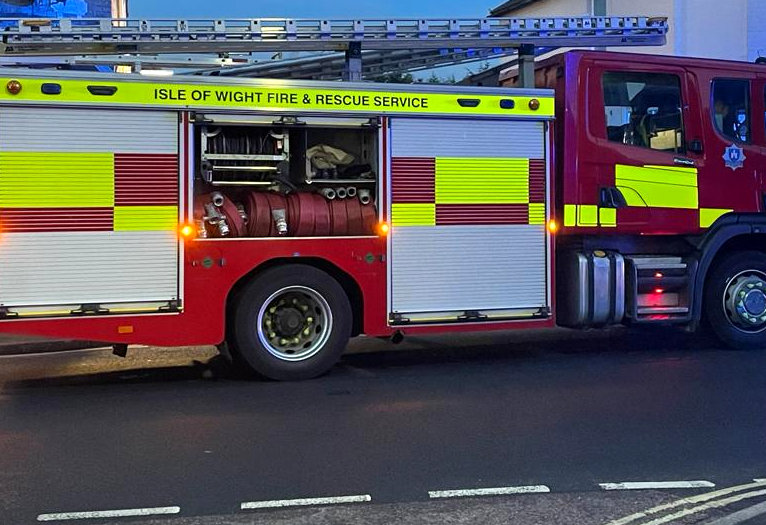 Firefighters Come To The Rescue After Two Women Stuck In Mud In Seaview
Firefighters Come To The Rescue After Two Women Stuck In Mud In Seaview
 Silver Service For Frank As Islander Secures Place At World Bench Press Championships
Silver Service For Frank As Islander Secures Place At World Bench Press Championships
 Island Duo Launch Science-Based Planner to Help Runners Stay Motivated
Island Duo Launch Science-Based Planner to Help Runners Stay Motivated
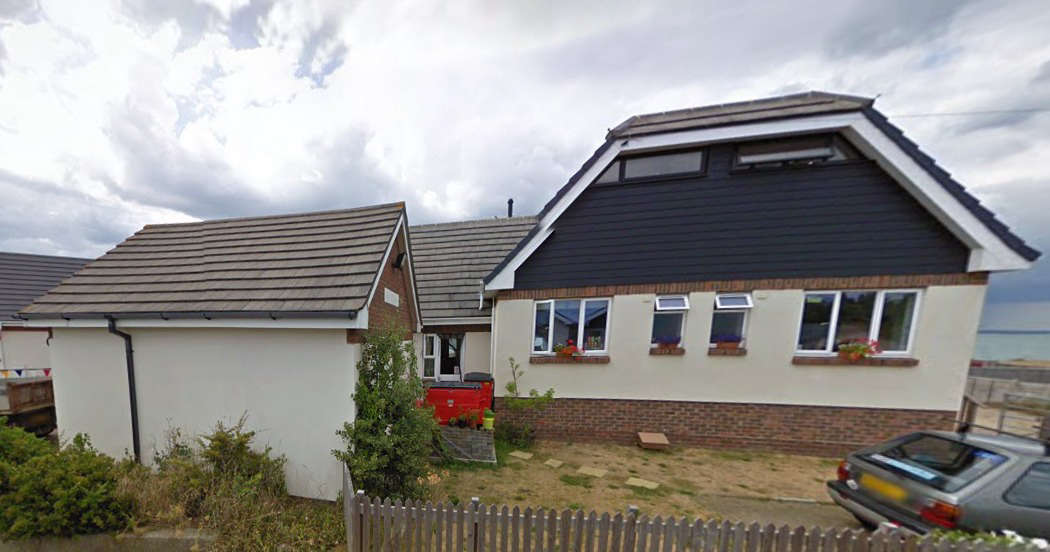 Isle Of Wight Seaside B&B Could Be Converted Into House
Isle Of Wight Seaside B&B Could Be Converted Into House
 Half Million-Pound Floating Bridge 2024 Losses Revealed
Half Million-Pound Floating Bridge 2024 Losses Revealed
 More Than 70 Driving Offences Dealt With Over Two Days On Isle Of Wight Roads
More Than 70 Driving Offences Dealt With Over Two Days On Isle Of Wight Roads


